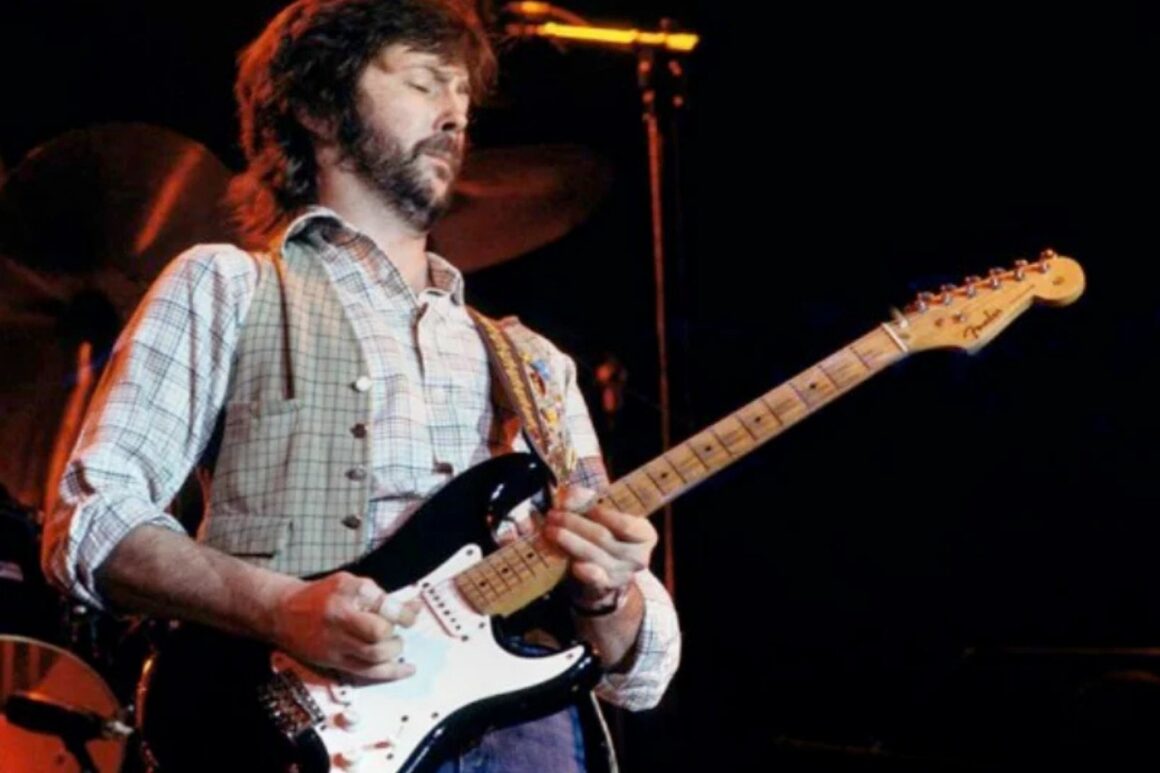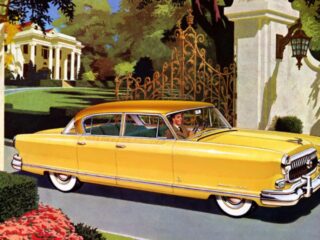When you think about the world’s most expensive instruments, you’re not just imagining hefty price tags, but also their stories and cultural footprints. Consider guitars like Kurt Cobain’s Fender Mustang or David Gilmour’s Stratocaster, pianos such as John Lennon’s Steinway, and violins like the Lady Blunt Stradivari.
Each of these pieces is a piece of history. What drives collectors to pay millions for these musical artifacts? There’s more than just music in these strings and keys. Discover the hidden narratives and the allure behind these legendary instruments.
Iconic Guitars and Their Prices
Exploring the world of iconic guitars and their prices reveals a fascinating intersection of music history and market value. Anticipate holding an instrument that crafted the soundtracks of generations, like David Gilmour’s Black Fender Strat used for legendary albums such as “Wish You Were Here” and “Dark Side of the Moon.”
This guitar fetched a staggering $3,975,000 at auction, a proof of its storied past and superb guitar craftsmanship. Auction history is peppered with such jaw-dropping sales, each strumming a chord between nostalgia and financial prowess. The competitive bidding environments at auctions often drive prices even higher, reflecting the intense desire to own a piece of rock history.

Take a look at Eric Clapton’s Fender Stratocaster “Blackie,” a Frankenstein’s monster of a guitar, pieced together from three different instruments and sold for $959,000. It’s like the ultimate garage sale find, except it’s Clapton’s garage.
Meanwhile, Kurt Cobain’s Fender Mustang “Sky Stang 1” stole the spotlight by selling for $4,550,000, proving Nirvana’s grunge appeal is still priceless. These guitars are vessels of musical genius and symbols of cultural shifts. So, next time you pick up a guitar, remember, you might just be holding onto history—and maybe a future auction star!
Famous Piano Sales

In the domain of musical instruments, some of the most enthralling stories revolve around the sale of famous pianos. Each piano boasts its own tale of exquisite piano craftsmanship and historical ownership. Take the Casablanca Piano, a true masterpiece sold for a staggering $3,400,000. This gem, shining with 24-karat gold leaf and Louis-style carvings, played a starring role in the classic film, Casablanca. It’s akin to owning a piece of cinematic history wrapped in musical elegance.
Next, the Heintzman Crystal Concert Grand, which fetched $3,220,000. This piano is performed, having graced the stage at the Beijing Olympics. Its crystal body is a symbol of the pinnacle of design and innovation.
Meanwhile, the C. Bechstein Louis XV, with an estimated value of $3,000,000, was a gift to Queen Victoria. Its intricate design reflects a royal touch that’s hard to match. This piano is covered in 24-karat gold leaf, adding to its luxurious appearance and enhancing its market value.
And let’s not forget John Lennon’s Steinway Model Z. Sold for $2,300,000, a piece of musical history. Lennon composed “Imagine” on its keys, making it priceless in the hearts of many.
Legendary Violin Auctions

While pianos enchant with their keys, violins captivate with their strings, and nowhere is this more evident than at legendary violin auctions. Visualize standing in a room filled with history, where the air vibrates with anticipation as the hammer falls on a Stradivarius masterpiece or a Guarneri gem. These are treasures that embody the Stradivarius craftsmanship and Guarneri legacy, each telling its own story through time.
Take the ‘Lady Blunt’ Stradivarius, for instance. Sold for a whopping $15.9 million in 2011, it wowed the world with its nearly untouched condition, practically whispering secrets of its past to those fortunate enough to hear it.
Then there’s the ‘Vieuxtemps’ Guarneri, fetching $16 million, revered not just for its sound but for its powerful place in musical history. The ‘Baltic’ Guarneri, crafted in 1731 by Bartolomeo Giuseppe Guarneri del Gesù, recently sold for $9.44 million, underscoring the strong global demand for such rare musical instruments.
And hey, don’t forget the ‘Da Vinci, ex-Seidel’ Stradivarius, which recently sold for $15.34 million. It’s a reflection of the lasting allure of violins from Stradivarius’ ‘Golden Period’. These auctions are celebrations of unparalleled artistry and history, where the strings of the past resonate into the present.
Historic Performances
The allure of historic performances lies in their ability to transcend time and connect us with musical legends. Envision witnessing Jimi Hendrix shred “The Star-Spangled Banner” on his Isabella Stratocaster at Woodstock—an electrifying moment in historic music. This 1968 Fender, now valued at $2 million, is like a rock and roll time capsule.
Then there’s the Lady Blunt Stradivarius violin, crafted in 1721 and named after Lady Anne Blunt. This violin’s instrument provenance is impressive, having fetched $15.9 million, with proceeds benefiting Tōhoku tsunami relief. It’s a reminder that such historic music pieces continue to play essential roles beyond the concert halls.
Among record-setting instruments, the MacDonald Stradivarius viola stands out, valued at over $45 million, showcasing the pinnacle of craftsmanship. Picture John Lennon’s Steinway piano, which composed the iconic “Imagine”.
George Michael later bought it for £1.45 million, using it to promote peace—because why just play music when you can change the world?
Even Napoleon couldn’t resist the allure of historic music, leaving his mark—literally—on the Duport Stradivarius cello. This instrument’s provenance and full, smooth tone tell tales of gala evenings long past. These performances and their instruments don’t just create music; they bridge centuries, linking us to stories of yesteryear.
Market Value Insights

Regarding the market value of musical instruments, rarity and provenance play pivotal roles in determining price. Conceive stumbling upon a 1958 Gibson Korina Explorer, one of only 18 prototypes ever made. That rarity alone turns it into a sought-after collector’s item. But toss in a connection to a legendary musician like Jimi Hendrix, and you’ve got a guitar whose value skyrockets.

Auction dynamics can also be quite the spectacle. Take Kurt Cobain’s 1959 Martin D-18E, which sold for a jaw-dropping $6,010,000. Auctions can become almost theatrical, with competitive bidding pushing prices beyond expectations, fueled by a mix of passion and a pinch of ‘auction fever.’ The cultural significance of these instruments, like David Gilmour’s Black Fender Stratocaster, adds another layer to their allure. Auction houses serve as platforms for high-value sales, further highlighting the importance of provenance in determining auction prices.
Ownership history acts as a powerful value determinant. When an instrument has multiple famous owners, like the 1959 Gibson Les Paul once played by both Peter Green and Gary Moore, its value climbs even higher, proving music’s magic extends beyond the notes.
Wrapping up
You’ve journeyed through the world of legendary instruments, where guitars strum the chords of rock history, pianos echo the melodies of artistic genius, and violins sing tales of centuries past. Each instrument is a piece of cultural heritage, a tribute to human creativity, and yes, a jaw-dropping investment. So, next time you hear a classic riff or a timeless melody, remember—you’re not just listening to music; you’re experiencing history.





